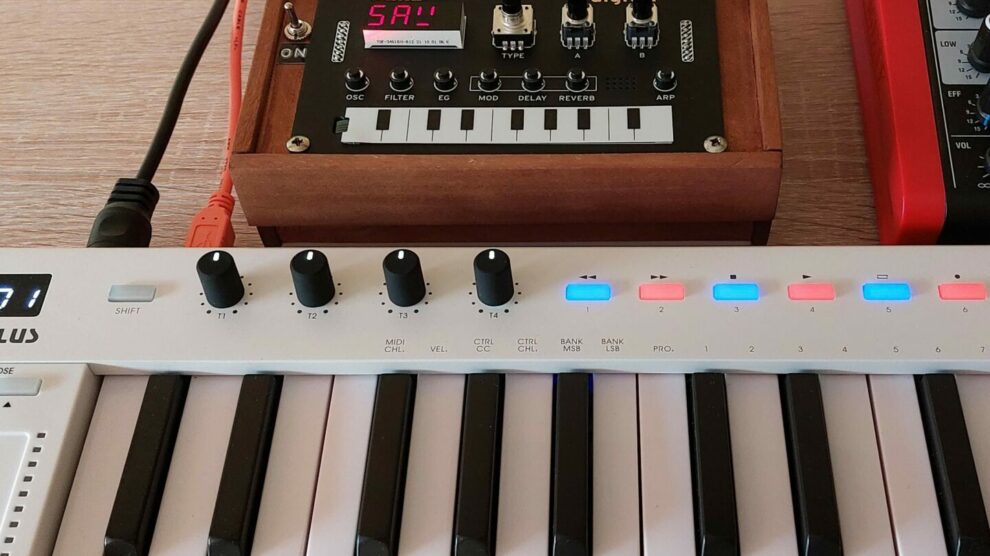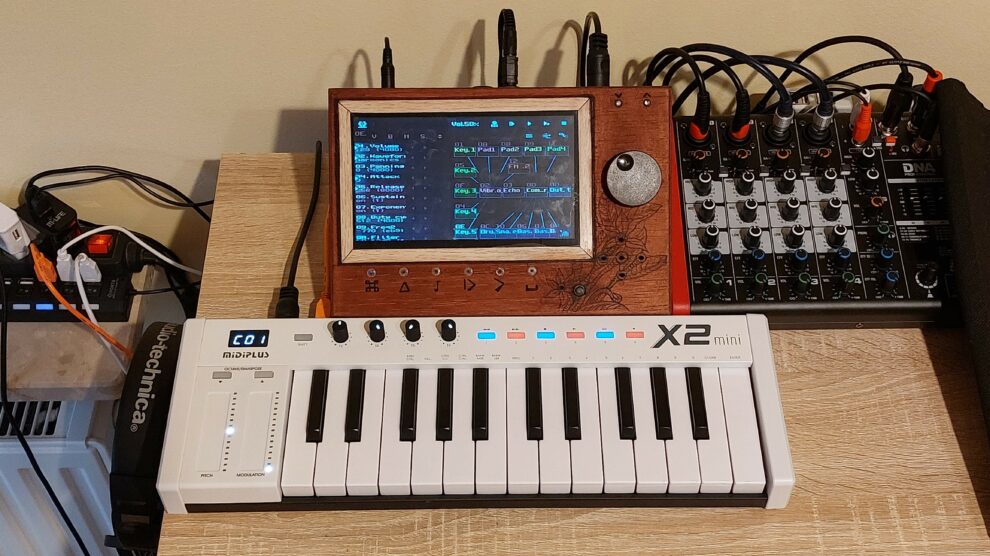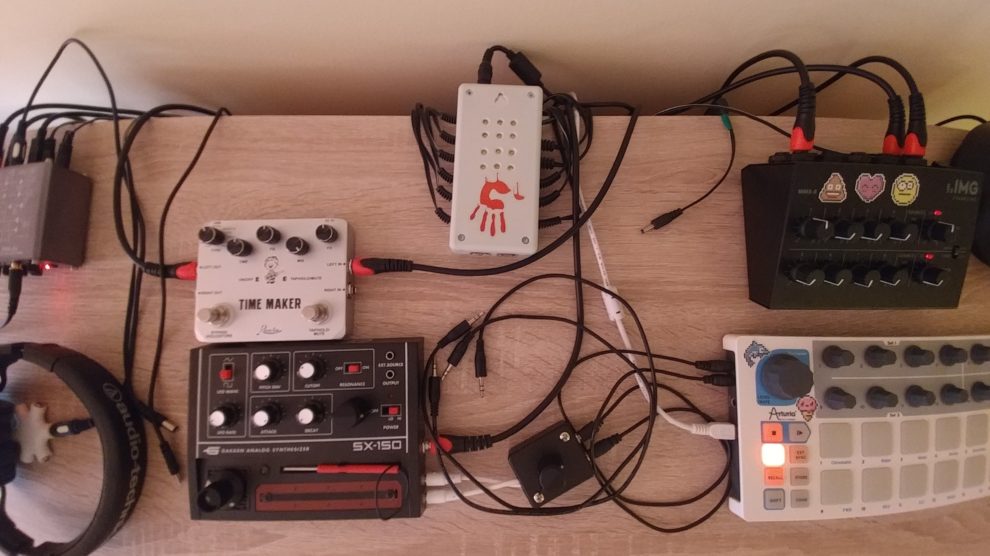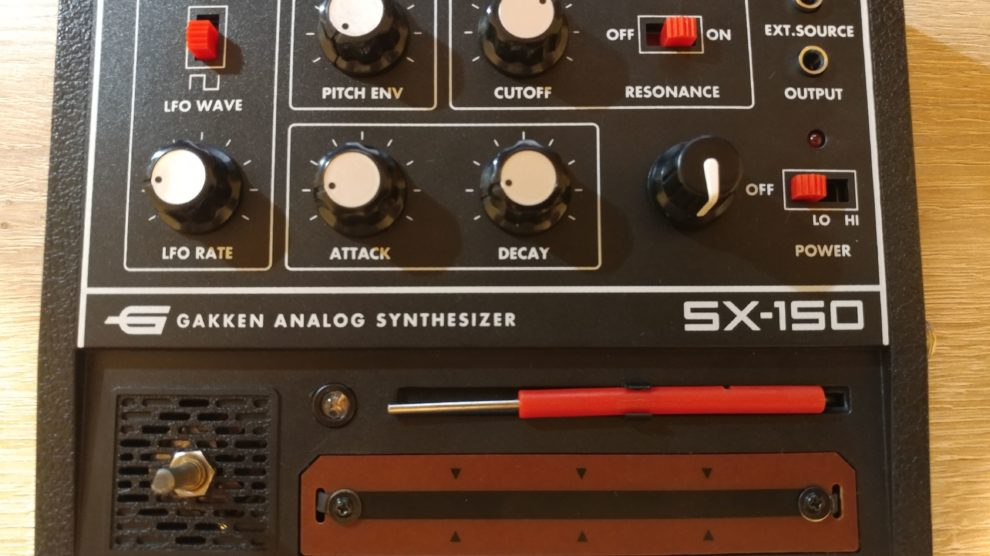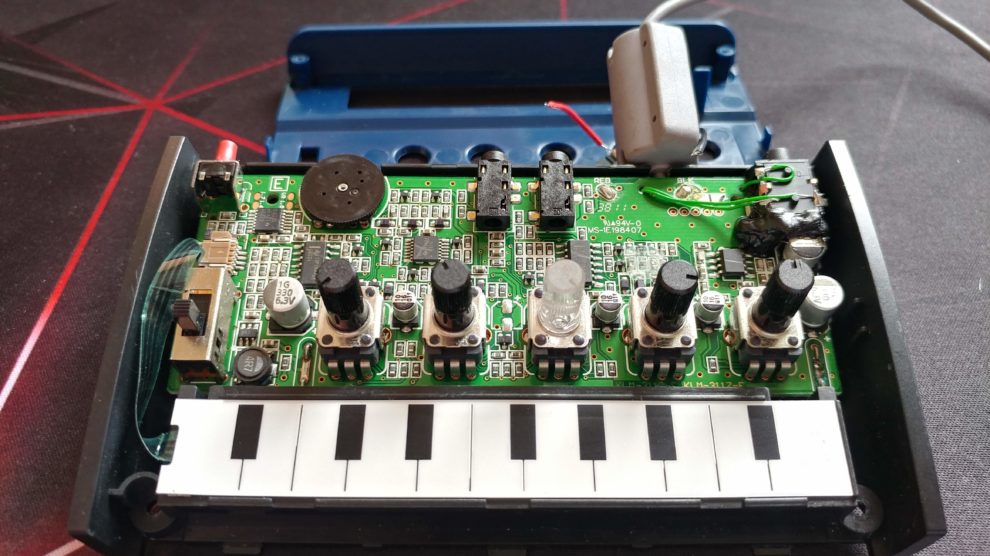Korg NTS-1 Custom Case Mod
NTS-1 is awesome little digital programmable synthesizer kit made by Korg. Build it, tweak it, connect it; a world of synthesis at your fingertips! Korg It has large potential with added plugins and has powerful digital effect processor. But the self made pcb enclosure design and small SMD audio, sync and Midi connectors are to flimsy and tend to brake a lot. I wanted to have full size 6.35mm audio jacks and Din-5 Midi sockets to be able to use this synth in my setup, so I need to make my own sturdy case. I had some wooden box leftovers


